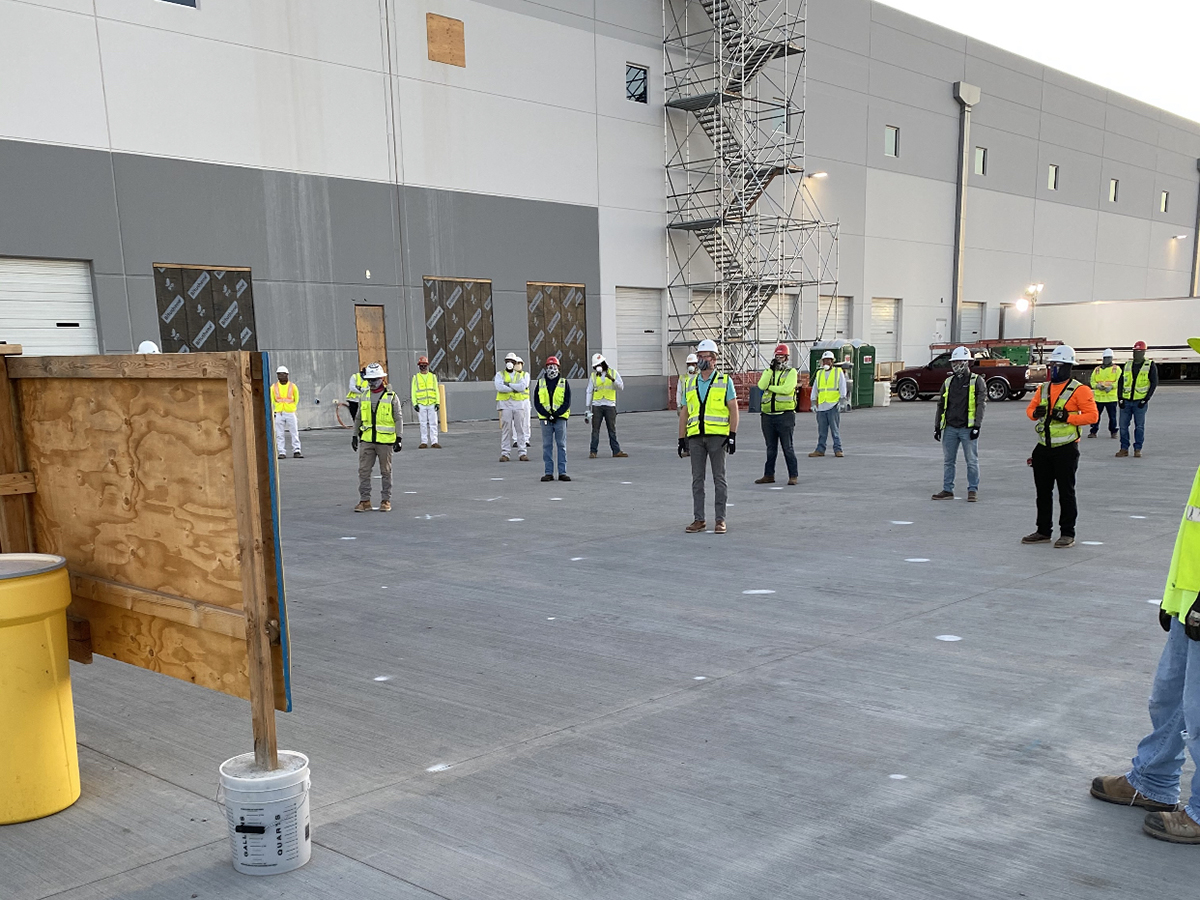For the men and women who work in construction, the most important goal is to go home safe at the end of each shift.
The construction industry is rife with potential hazards, so it is important to understand how tradesmen and tradeswomen are trained to minimize these hazards in order to protect themselves and their co-workers.
Each year the Occupational Safety and Health Administration (OSHA) organizes Safety Stand Down Week as an effort to remind construction workers about the known hazards of the industry, with an emphasis on falls.
This is typically held in the spring, but it was pushed back to September this year due to COVID-19 safety precautions.

Despite the delay, contractors across the U.S. observed Safety Stand Down Week from Sept. 14 through Sept. 18 to promote additional jobsite conversations in an effort to create a safer work environment.
Safety in Apprenticeship
According to the Bureau of Labor Statistics (BLS), the construction industry is one of the most dangerous industries in which to work. According to BLS data, 21.1 percent of worker deaths in 2018 occurred in the construction industry.
The fact that construction is dangerous is not new information. In fact, construction industry apprenticeship programs were demanded by late 19th century tradesmen as a way to make the industry safer.
Since many job sites and general contractors require proof of an OSHA safety certification, registered apprenticeship programs devote substantial time during the first year to teaching safety. Throughout the remaining years of their registered apprenticeship program, apprentices will notice safety remains a constant theme, as they are taught to work safely in all aspects of the job.
In 2018, falls made up 33.5 percent of construction deaths. Registered apprenticeship programs specifically focus on teaching apprentices how to properly work from a ladder and tie-off with a safety harness. Additional safety training shows apprentices how to safely operate machinery, use tools properly, and much more.
Safety for Journeymen
Once an apprentice gains journeyman status, they are eligible to receive journeyman upgrade training and obtain advanced safety certifications or renew expiring certifications.
The benefits to continued safety training are multifaceted.
First and foremost, it can help prolong a tradesman or tradeswoman’s career. Being able to identify and limit exposure to safety hazards will help keep tradespeople working.
Secondly, continued safety training will also open up more work opportunities. When a construction firm is found to have a history of job site accidents, the amount of work they get will drop.
Safety is Paramount
Remember, a registered apprenticeship program will equip you with the knowledge and skills to work safely in the construction industry.
If everyone is properly trained through a registered apprenticeship program, then everyone on the jobsite will be aware of potential safety hazards, and the industry will become a much safer place to work.
If you have an interest in a career in the construction industry, learning about registered apprenticeship programs is a great place to start. To receive more information about these programs, please fill out the form below.
